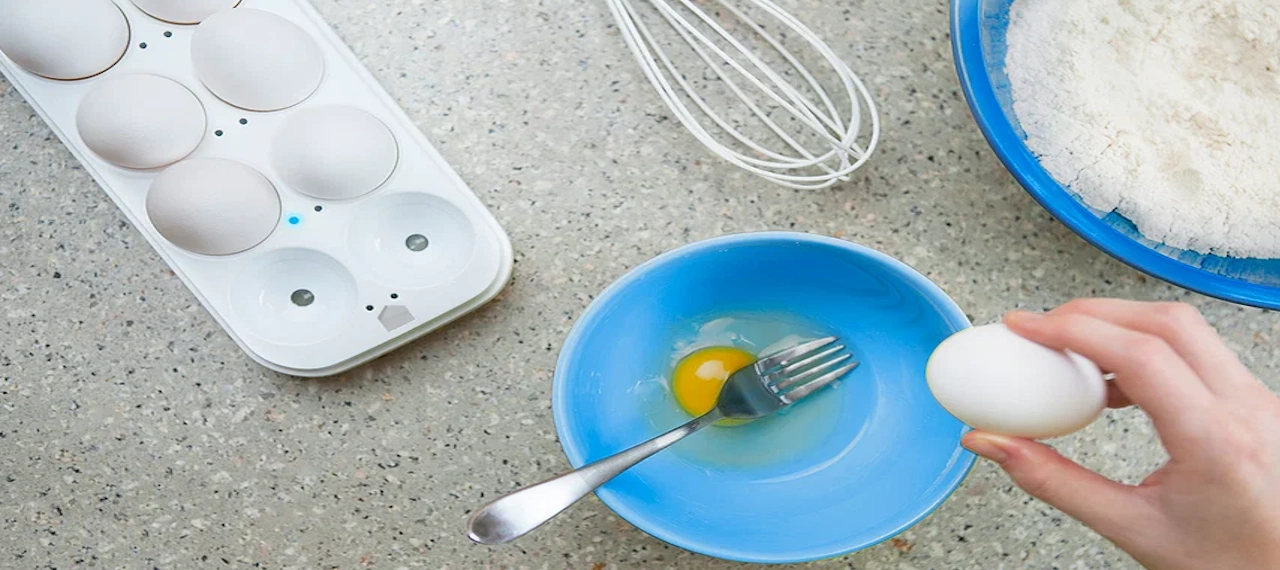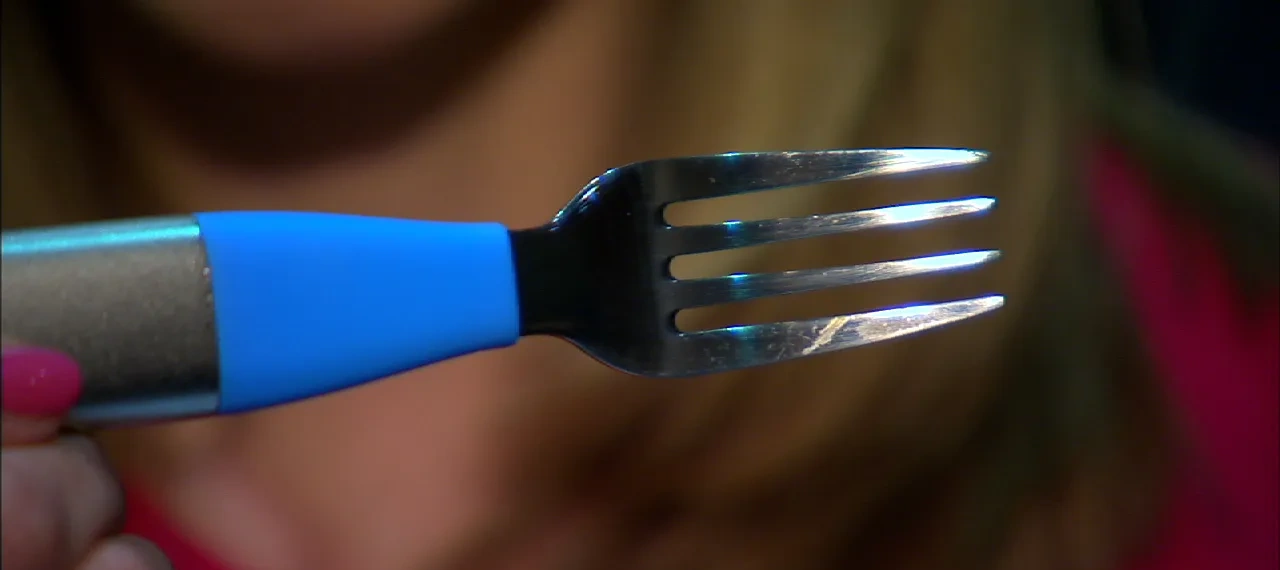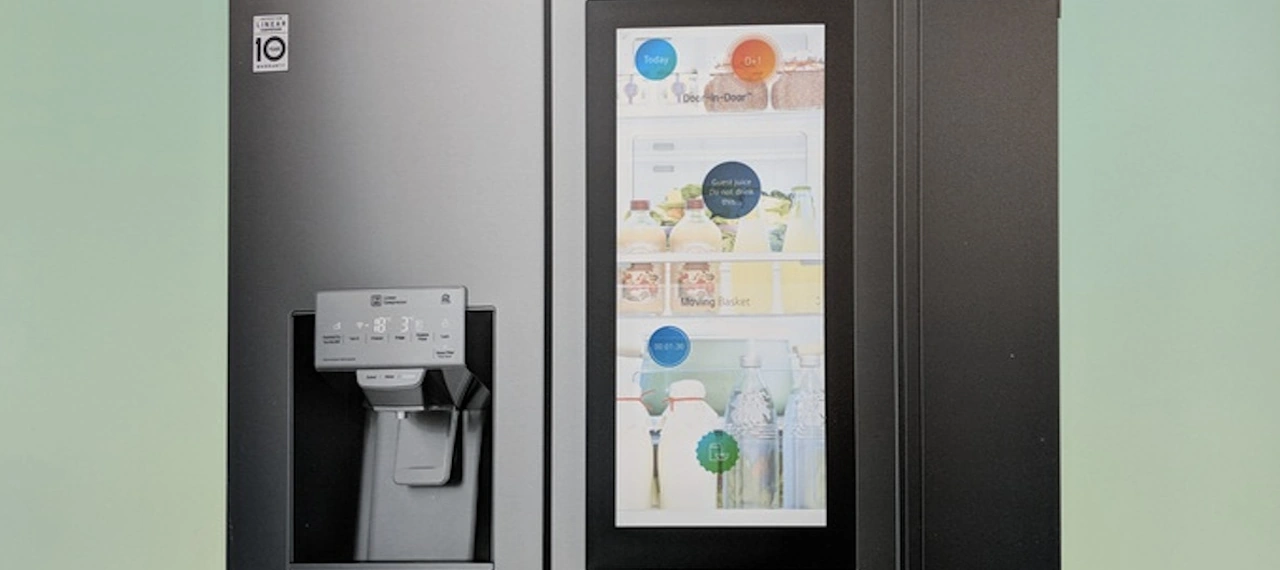Uncovering The 5 Most Useless “Smart” Home Devices
The world of smart home devices is vast and ever-expanding, offering a plethora of innovative and practical solutions. However, not all “smart” devices live up to the hype. In this guide, we will explore the realm of smart home devices and uncover the most useless ones. From gimmicky gadgets to impractical implementations, we will separate the worthwhile from the wasteful.

Wi-Fi Enabled Toaster
While the concept of a Wi-Fi enabled toaster may sound intriguing, it falls into the category of unnecessary “smart” home devices. Toasters are simple appliances that perform their function without the need for connectivity or advanced features. Adding Wi-Fi capability to a toaster offers little to no practical value and only serves as a novelty. It adds complexity without enhancing the core functionality of the device.

Smart Egg Tray
A smart egg tray may seem like a solution to a problem that doesn’t exist. These devices typically come with sensors that monitor the number of eggs in the tray and provide alerts when the quantity is low. However, this feature is redundant and unnecessary for most households. Keeping track of egg supply is a simple task that doesn’t require a smart device. It adds unnecessary complexity and expense to a mundane and easily managed aspect of daily life.

Smart Hairbrush
While smart hairbrushes claim to revolutionize your hair care routine, their practicality is questionable. These brushes typically come with built-in sensors that analyze hair health, measure brushing patterns, and provide real-time feedback through a smartphone app. However, the data and insights provided by these devices often offer little tangible value and are unlikely to significantly improve your hair care routine. A traditional brush combined with common sense and proper hair care practices can achieve similar results without the need for an overly complicated and expensive gadget.

Smart Cutlery
Smart cutlery, equipped with sensors and Bluetooth connectivity, is designed to track your eating habits and provide feedback on your eating speed and patterns. However, this level of monitoring and analysis is unnecessary for most individuals. Monitoring eating habits can be done through mindful eating practices and doesn’t require a smart device. These gadgets add an unnecessary layer of complexity to a simple act and fail to provide meaningful benefits that justify their cost and integration into a smart home ecosystem.

Smart Fridge with a Display
While smart refrigerators with advanced features like temperature control and inventory management can be practical, models with built-in displays often fall into the realm of unnecessary devices. These displays typically offer internet connectivity, multimedia playback, and app integration, but these features do little to enhance the core functionality of a refrigerator. Using a fridge as a media center or web browser adds unnecessary complexity and distractions to a device that should primarily focus on food storage and preservation.
In Conclusion
As the smart home market continues to expand, it’s important to separate the genuinely useful devices from the gimmicky and unnecessary ones. Wi-Fi enabled toasters, smart egg trays, smart hairbrushes, smart cutlery, and fridges with displays are examples of devices that add little practical value to our daily lives. By being discerning consumers, we can avoid falling into the trap of investing in useless gadgets and focus on the genuinely transformative smart home technologies.